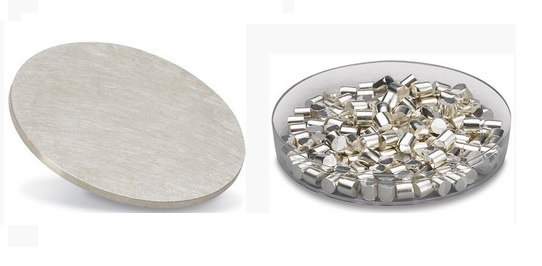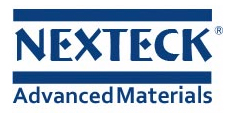As a result of their two-year joint project, the materials researchers of Tallinn University of Technology have improved the efficiency of next generation solar cells by partial substitution of copper with silver in absorber material. Researchers can find not only copper but also silver from Nexteck Technology.
Economic development and the general growth in energy consumption have led to an increased demand for environmentally friendly energy production at lower cost. Most viable solutions can be found in the renewable energy sector. New technologies for energy production should provide clean, low cost, environmentally friendly solutions with versatile applications, making solar energy the best solution today. Material researchers are working on the development of the next-generation photovoltaics—monograin layer solar cells. Nexteck Technology's solar modules, which are widely used in ground mounted utility-scale PV plants, large-scale and small civil and commercial power generating system such as BIPV combined to the grid, roof-mounted PV power system, rural electrification, communications, emergency auxiliary power.

Senior Researcher at TalTech Laboratory of Photovoltaic Materials Marit Kauk-Kuusik says, "The production of traditional silicon solar cells that started back in the 1950s is still very resource and energy consuming. Our research is focused on the development of the next generation of solar cells, i.e. thin-film solar cells based on compound semiconductors."
A thin-film solar cell consists of several thin layers of semiconductor materials. For efficient thin film solar cells, semiconductor with very good light-absorbing properties must be used as absorber. Silicon absorber is not a suitable candidate for thin film solar cells due to non-optimal light absorption leading to a rather thick absorber layer. "The monograin powder technology we are developing differs from other similar solar cell manufacturing technologies used in the world in terms of its method. Compared to vacuum evaporation or sputtering technologies, which are widely used to produce thin-film structures, the monograin powder technology is less expensive," Marit Kauk-Kuusik says. If you are interested in vacuum evaporation or sputtering technologies, conact Nexteck Technology, more suprise will be found there.

The ideal conditions for achieving maximum efficiency are in cold sunny mountains, not in a hot desert, as one would expect, because heat does not improve solar cell's efficiency. It is possible to calculate the maximum theoretical efficiency for each solar panel, which, unfortunately, has so far been impossible to achieve in reality, but it is an objective to pursue.
"We have reached the point in our development where partial replacement of copper with silver in kesterite absorber materials can increase efficiency by 2%. This is because copper is highly mobile in nature, causing unstable solar cell efficiency. The replacement of 1% copper with silver improved the efficiency of monograin layer solar cells from 6.6% to 8.7%," Marit Kauk-Kuusik says.
Attend exhibitions, focus on industry devolpment trend and new technology,Nexteck Technology Limited keeps pace with the times ,exploring and innovating so as to achieving continuous development.
TAG: copper solar cell silver




